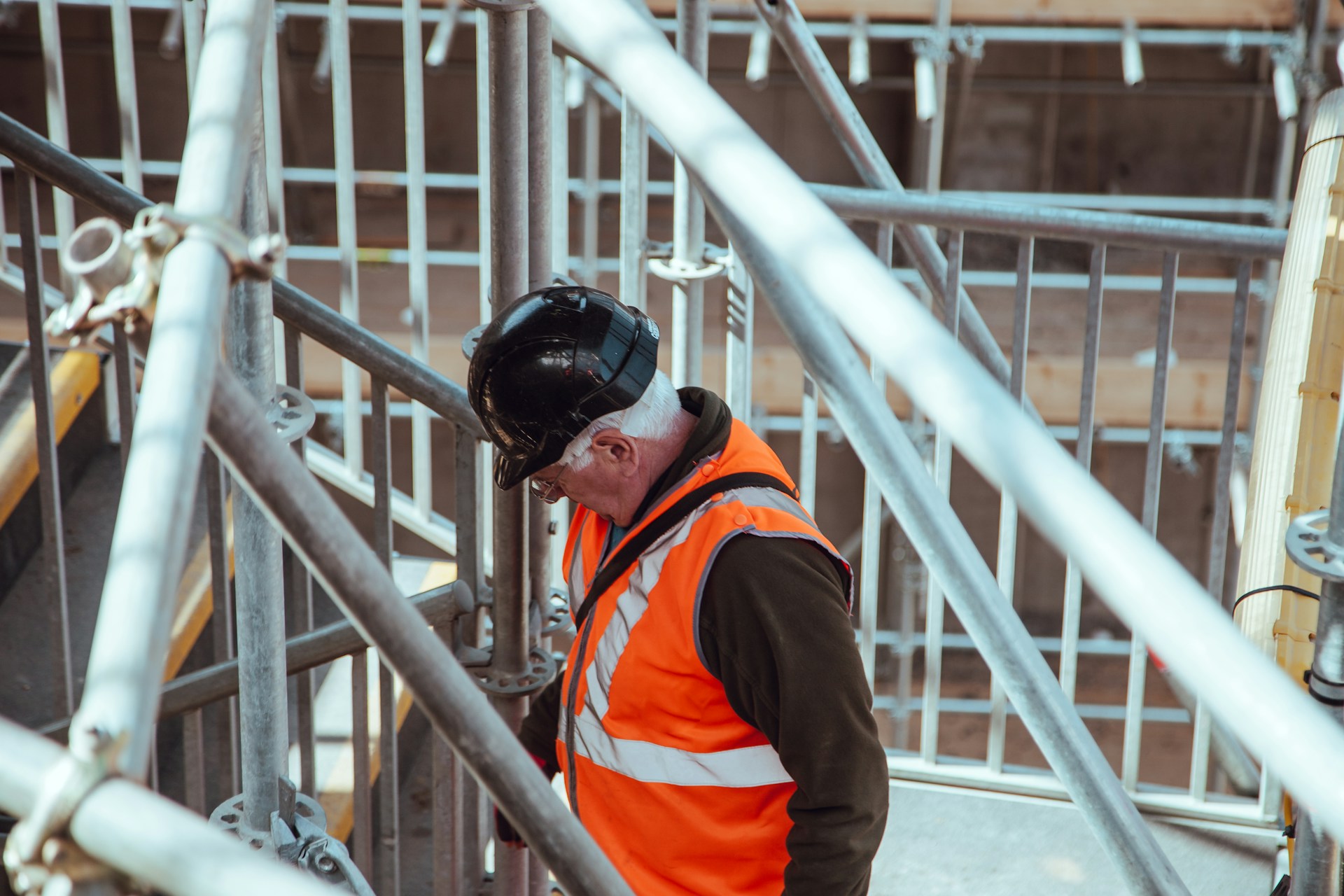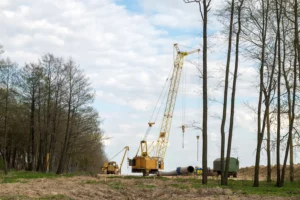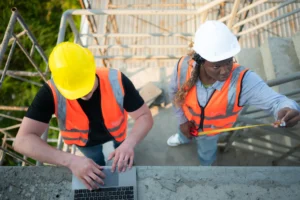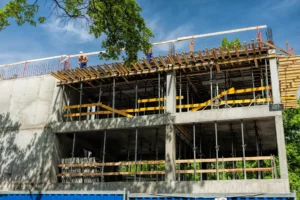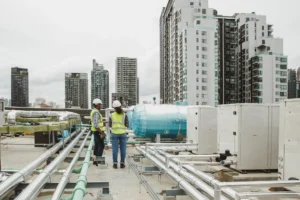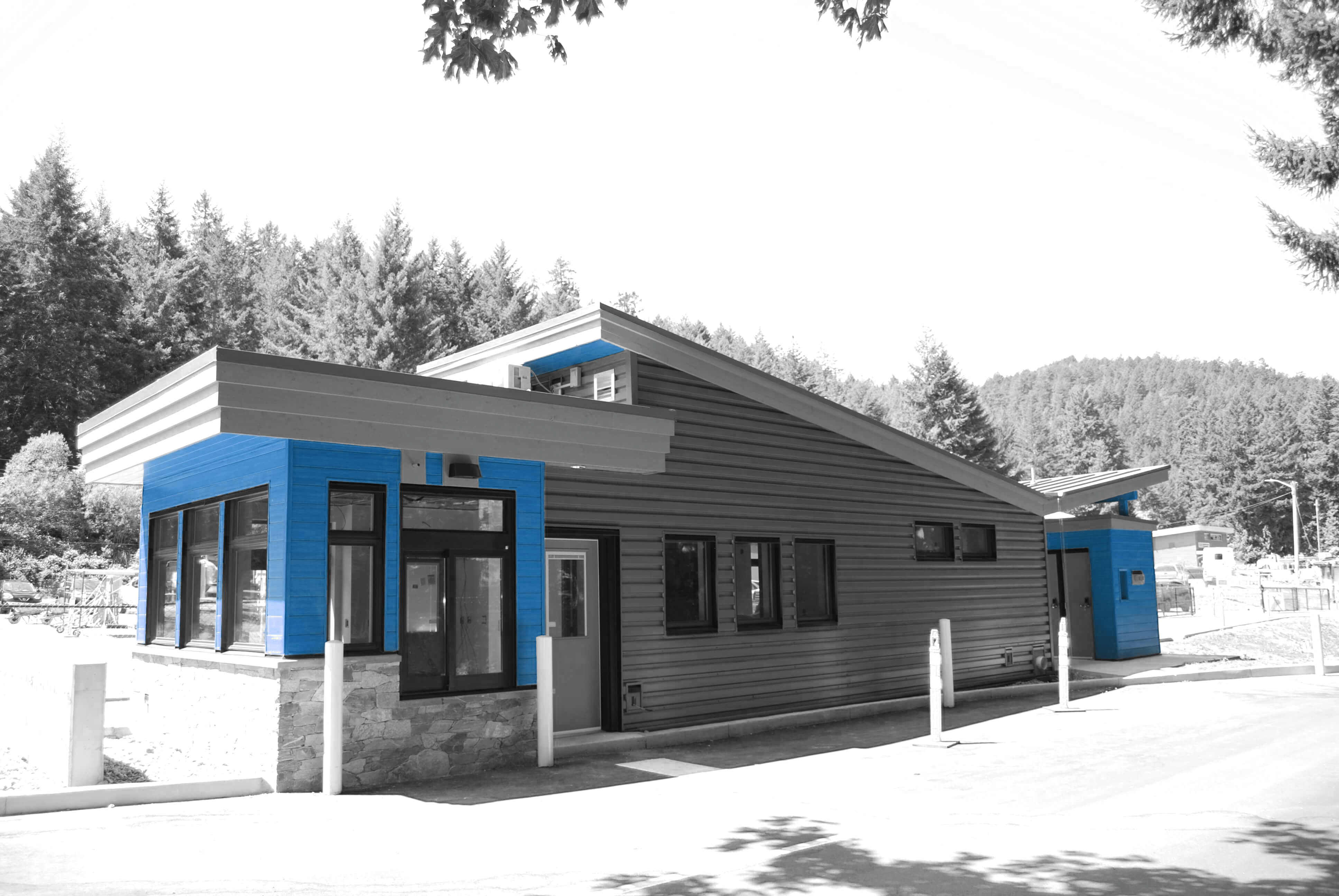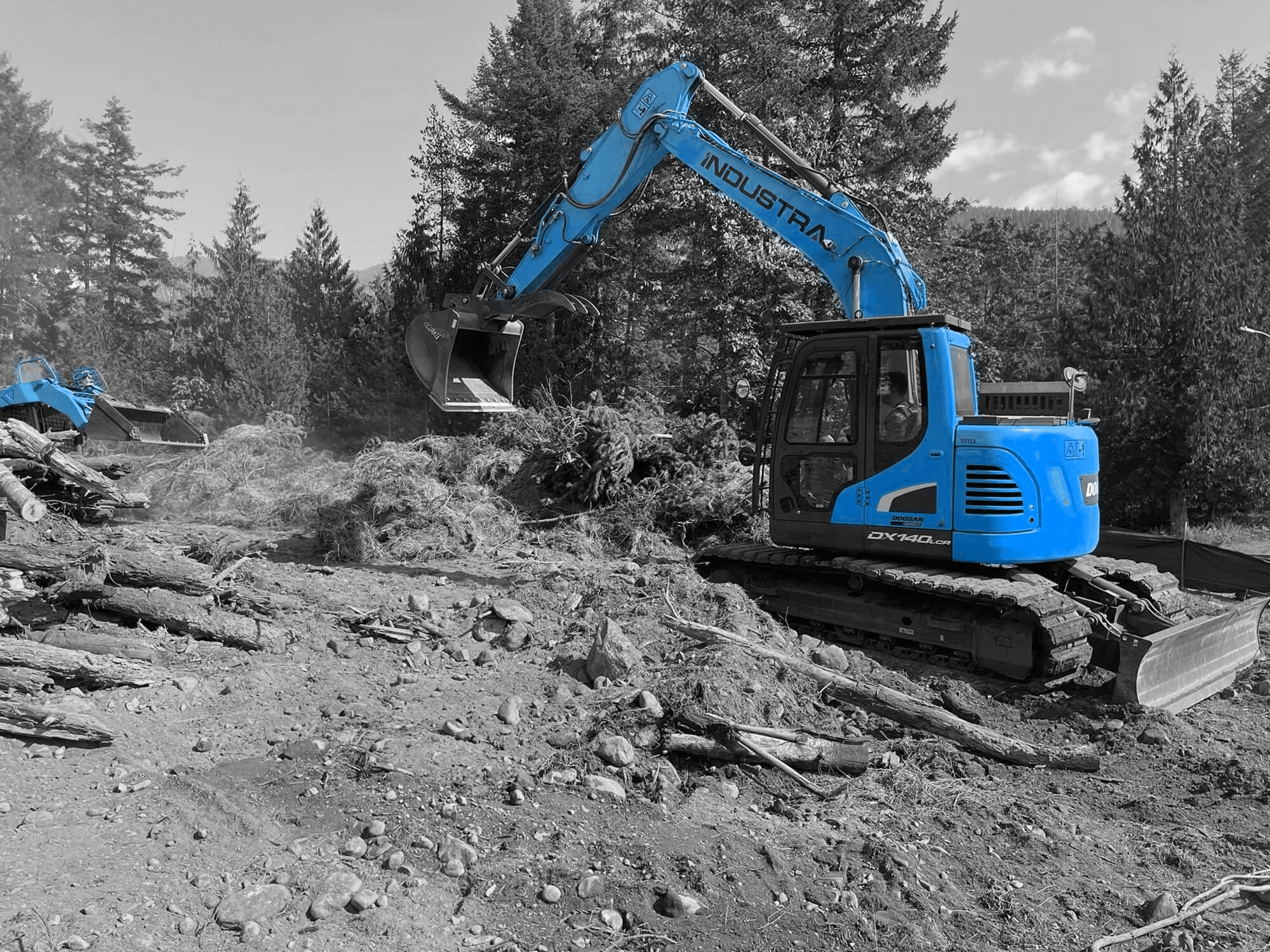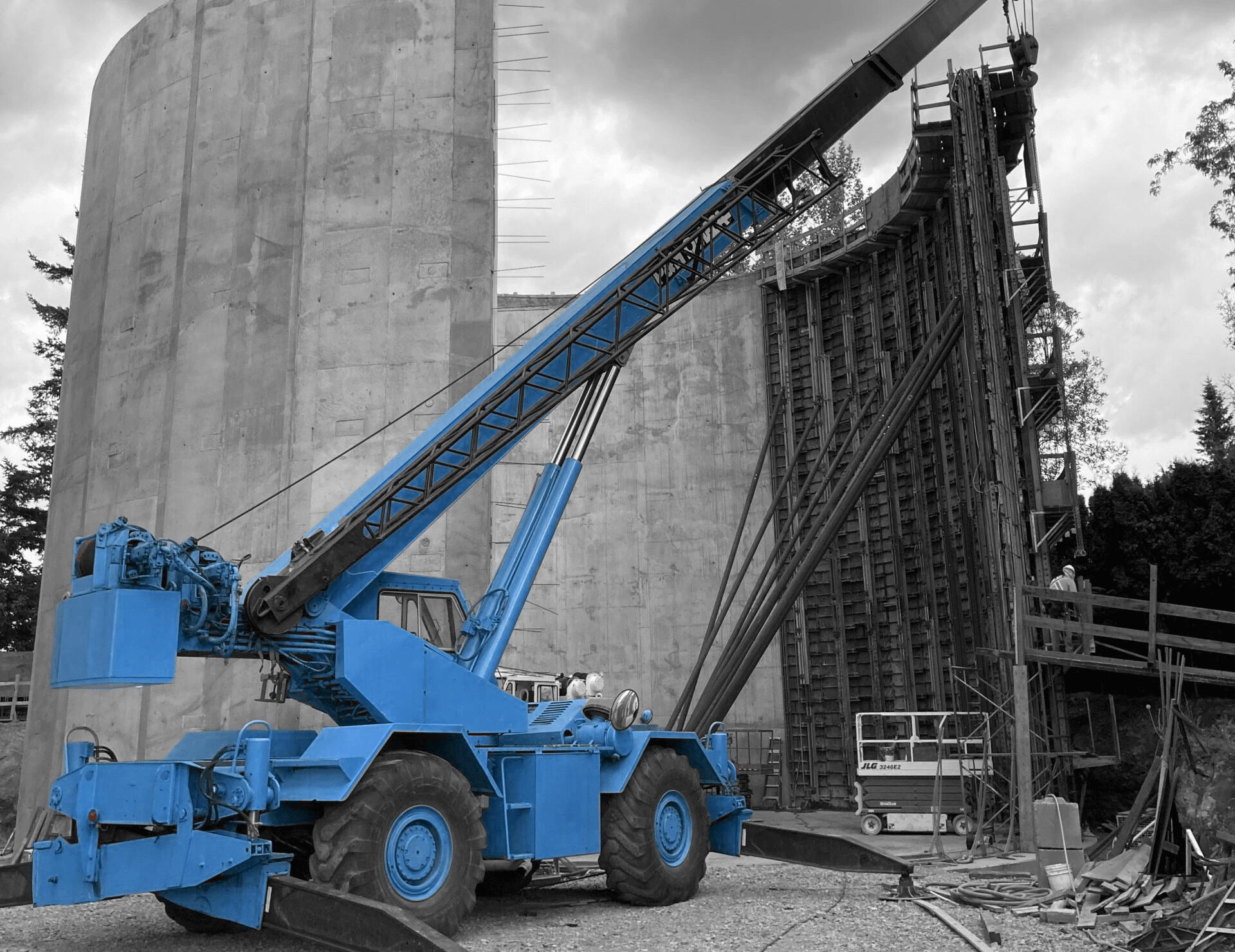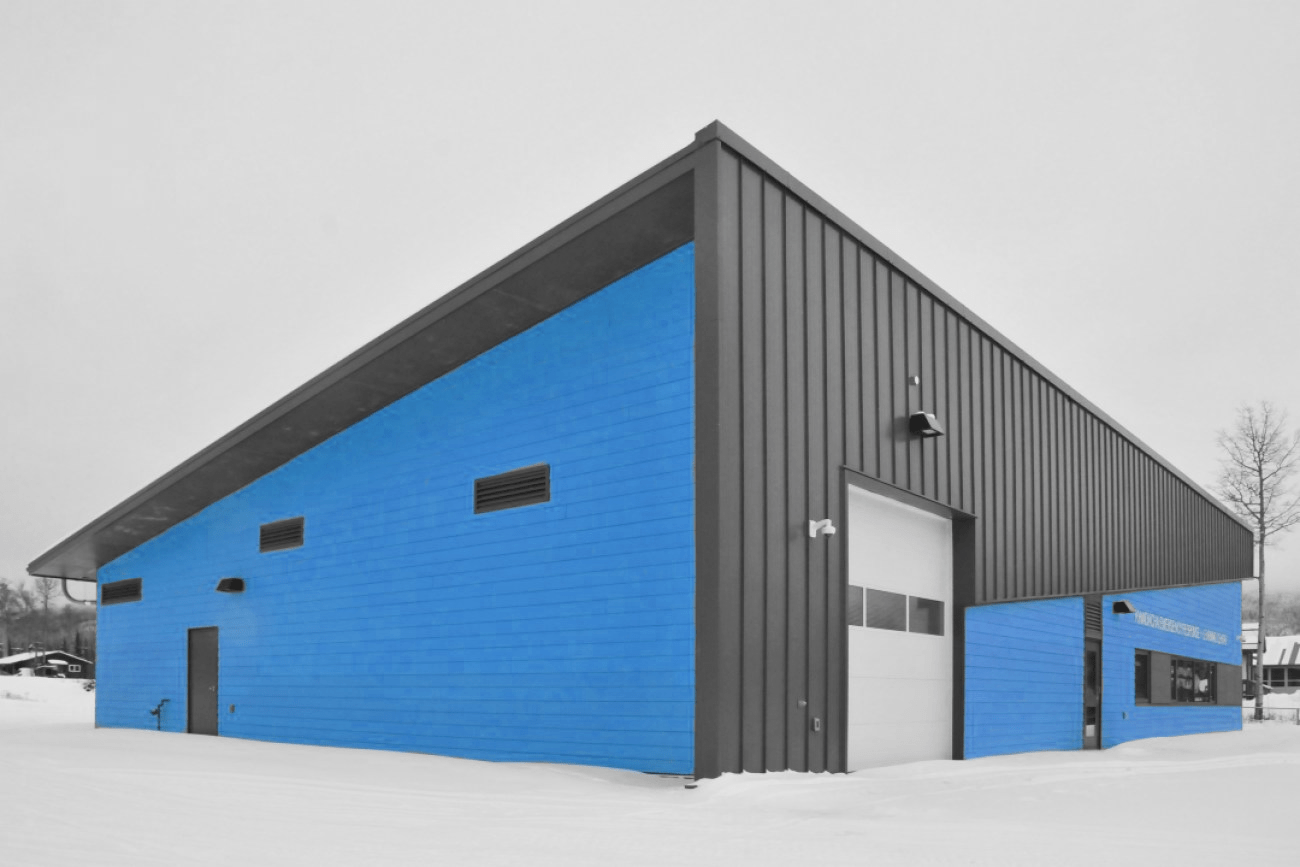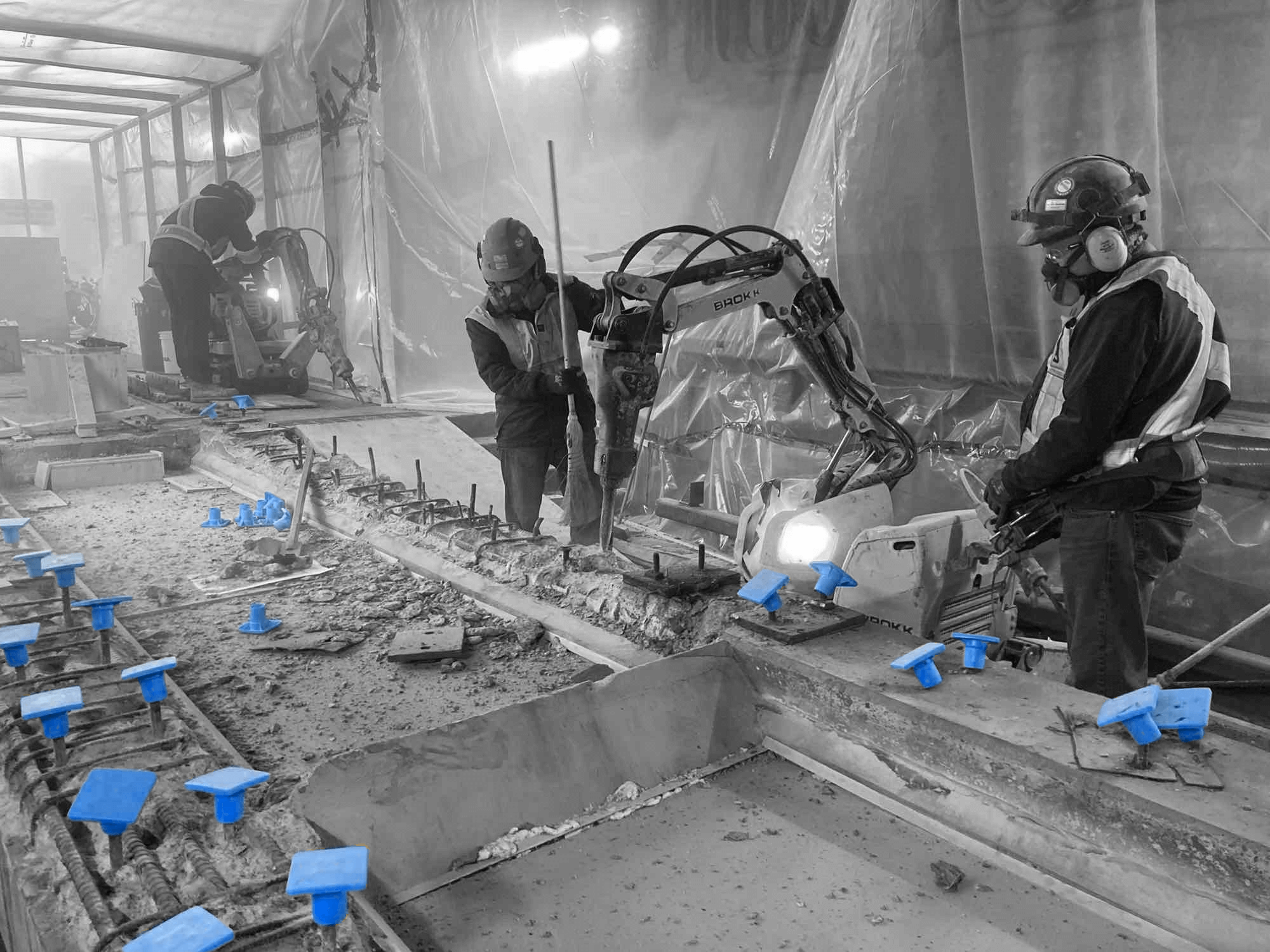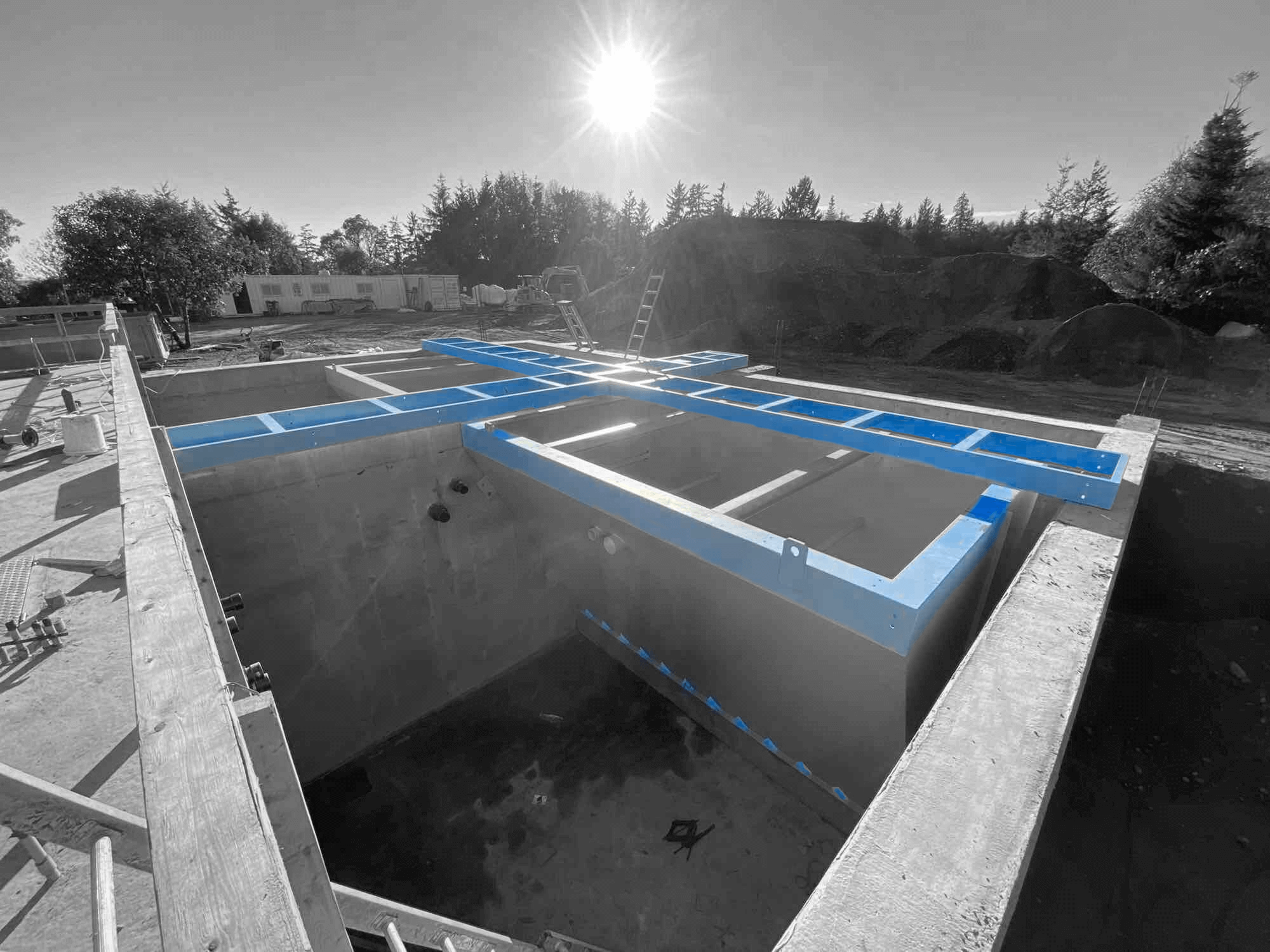Building a school is a major project that requires careful planning and execution. General contracting plays a significant role in turning architectural designs into functional learning environments. This process involves multiple steps, from initial planning and selecting quality materials to coordinating various construction phases and ensuring all safety measures are met.
1. Planning and Designing the School
Planning and designing a school is the first and one of the most important steps in the construction process. This phase involves collaboration between architects, general contractors, and educational experts to create a blueprint that meets all requirements.
Needs Assessment
The planning phase starts with a needs assessment. This involves understanding the specific needs of the school, such as the number of classrooms, special facilities like science labs or gyms, and accessibility features. By identifying these needs early on, you can ensure that the final design serves all users effectively.
Architectural Design
Once the needs are identified, architects work on creating a detailed design. This includes floor plans, elevations, and 3D models. These designs are reviewed and refined multiple times to ensure they meet all functional and aesthetic requirements. Architects also consider factors like natural lighting, ventilation, and the overall learning environment.
Budget and Timelines
Simultaneously, general contractors work on developing a budget and timeline for the project. This involves estimating the costs of materials, labour, and other resources. Setting a realistic budget and timeline helps in managing the project efficiently and ensures that there are no financial surprises down the road.
2. Selecting Materials and Ensuring Quality
Choosing the right materials is crucial for the durability and safety of the school building. This phase involves careful selection and rigorous testing to guarantee the best possible outcome.
Material Selection Criteria
General contractors start by setting criteria for material selection. These criteria include durability, cost-effectiveness, and safety. For instance, materials for the school’s structure must withstand weather conditions and heavy use. Interior materials, like flooring and paint, must be safe and free from harmful chemicals.
Sourcing High-Quality Materials
After setting the criteria, the next step is to source high-quality materials. General contractors often work with trusted suppliers to get the best products. They may also seek out eco-friendly options to promote sustainability. This sourcing process involves negotiating prices and ensuring timely delivery to keep the project on schedule.
Quality Assurance and Testing
Ensuring quality doesn’t stop at material selection. Once the materials arrive, they undergo rigorous testing to confirm they meet all safety and durability standards. This might involve lab tests for strength and chemical safety or on-site inspections to check for defects. Continuous monitoring ensures that only the best materials are used in the construction, guaranteeing a safe and long-lasting school.
3. Coordinating Construction Phases
Coordinating the various phases of construction is essential for a smooth and timely project. General contractors take charge of this, ensuring each stage fits together perfectly.
Scheduling and Task Management
The first step in coordinating construction is creating a detailed schedule. This schedule breaks down the project into manageable tasks, setting timelines for each. Critical Path Method (CPM) or Gantt charts are often used to visualize this plan. This helps in understanding which tasks are dependent on others and prioritizing accordingly. Regular updates and adjustments ensure the project remains on track.
Supervising Subcontractors
General contractors often work with various subcontractors, such as electricians, plumbers, and carpenters. Each subcontractor is responsible for different parts of the project. Effective coordination involves clear communication and supervision to ensure each team knows its responsibilities and deadlines. This reduces the risk of misunderstandings and delays, keeping the project on schedule.
Problem-Solving
During construction, issues can and often do arise. These can be anything from weather delays to supply chain disruptions. General contractors must be adept problem-solvers, ready to address these challenges swiftly. This might involve reassigning tasks, adjusting timelines, or finding alternative suppliers. Quick and effective problem-solving keeps the project moving forward smoothly.
4. Ensuring Safety and Compliance
Safety and compliance are critical elements of school construction. Ensuring that all safety measures are followed protects workers and future students alike.
Following Regulations
Construction projects must adhere to strict local, provincial, and national regulations. These regulations cover everything from building codes to labour laws. The general contractor must ensure all aspects of the project meet these standards. Regular inspections by officials help verify compliance, reducing risks and ensuring the building’s readiness for use.
Safety Training
Safety training is a continuous process. Workers need to be knowledgeable about safety protocols and the use of protective equipment. Regular training sessions ensure that everyone on site knows how to operate safely. This reduces accidents and creates a safer work environment.
Regular Inspections
Frequent safety inspections are necessary to identify and mitigate potential hazards. These inspections involve checking equipment, scaffolding, and work practices to ensure they meet safety requirements. Any identified risks are addressed immediately, maintaining a safe construction site. This ongoing vigilance ensures that when the school opens its doors, it is a safe place for students and staff.
Conclusion
Building a school through general contracting involves detailed planning, selecting quality materials, coordinating various phases, and ensuring safety and compliance. These steps help create a learning environment that is safe, functional, and built to last.
When all these elements come together, the result is a well-constructed school ready to serve the community. If you are planning a school construction project and need experienced partners to guide you, contact us at Industra Construction Corp. today. Our general contractors in Surrey are here to help you build a better future.


